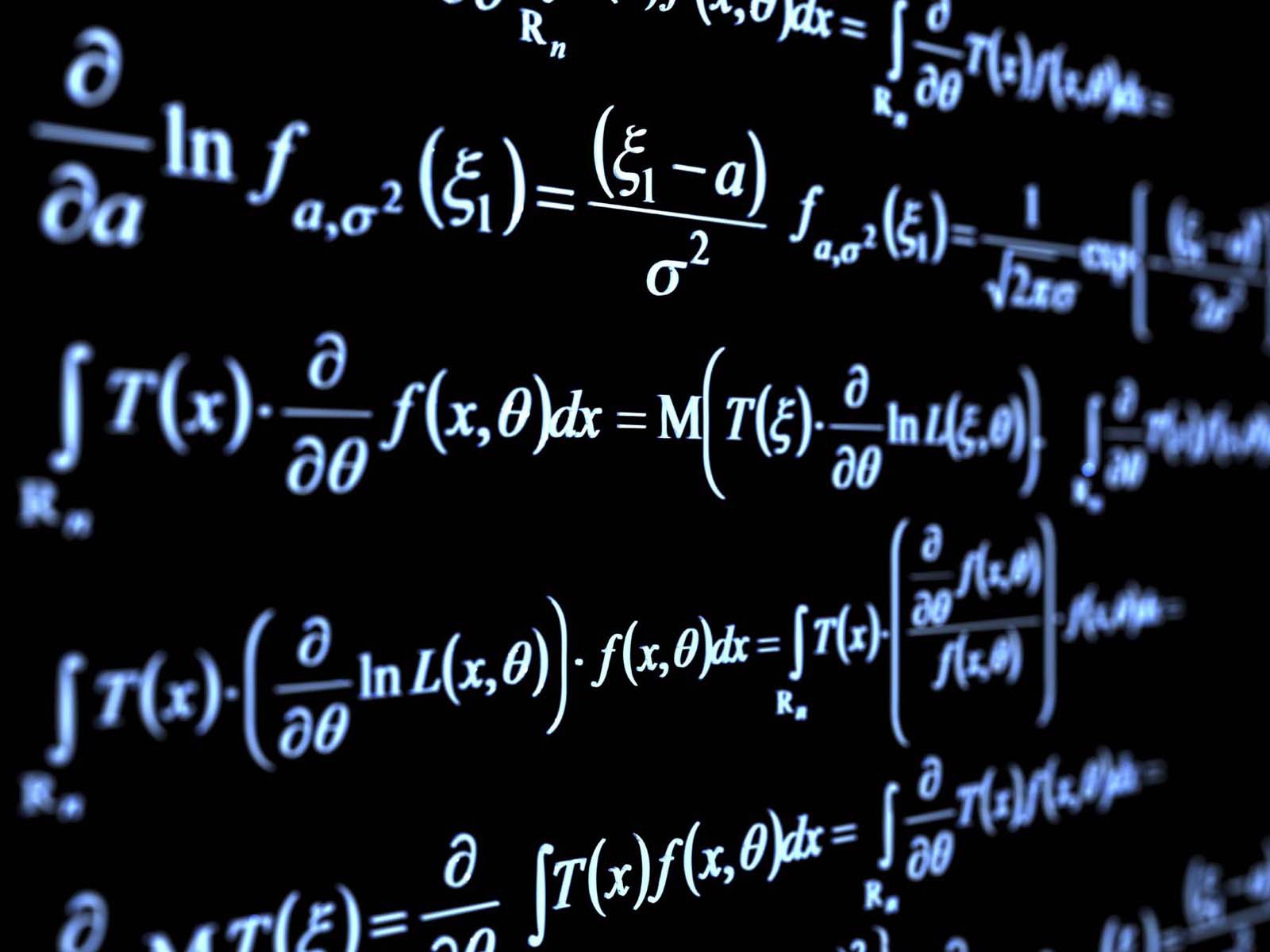Zero, often regarded as a mere placeholder or the absence of quantity, holds a profound place in the tapestry of mathematics. Its introduction and subsequent integration into diverse mathematical disciplines have revolutionized the way calculations are performed and theoretical frameworks are established. This discussion elucidates the various fields of mathematics that embrace the concept of zero, expounding on its pivotal role, historical significance, and contemporary applications. Readers can anticipate a comprehensive exploration of topics ranging from arithmetic to advanced theoretical frameworks.
1. Arithmetic: The Foundation of Mathematics
At its core, arithmetic is the discipline that first introduces students to the concept of zero. Traditionally, arithmetic encompasses the operations of addition, subtraction, multiplication, and division. Here, zero plays an instrumental role. In addition, for instance, any number added to zero remains unchanged, a property known as the identity property. This fundamental understanding allows for a clear grasp of mathematical operations. Furthermore, in subtraction, zero serves to contrast quantities; subtracting zero from a number leaves the original number unaffected, reinforcing the concept of nullity as significant in operations.
2. Algebra: The Language of Equations
Transitioning from elementary arithmetic, algebra incorporates zero at a more sophisticated level. In algebraic equations, zero becomes a solution, marking the point where functions intersect the x-axis (roots). This leads to the field of polynomial equations, where identifying factors that yield zero is vital for solving equations. Additionally, the zero product property states that if the product of two numbers is zero, at least one of the multiplicands must also be zero. This principle is foundational in algebra, allowing for the simplification and solving of complex equations.
3. Calculus: The Analysis of Change
As we progress into calculus, the utility of zero becomes even more pronounced. In calculus, zero is crucial in concepts such as limits and derivatives. The limit of a function can approach zero, presenting a nuanced exploration of continuity and discontinuity. Derivatives, which represent rate of change, often rely on infinitesimal values approaching zero to calculate slopes of curves at specific points. The foundational concept of instantaneous rate of change directly uses zero as a pivotal reference point. Thus, calculus becomes a realm where the enigmatic nature of zero transitions from an absence of quantity to an essential element of analysis.
4. Set Theory: The Null Set
In set theory, zero manifests in the form of the null or empty set, denoted by the symbol ∅. This represents a collection devoid of elements, yet serves as a cornerstone in understanding more complex set operations. The null set is integral in defining cardinality and plays a crucial role in the axioms of set theory. For example, the existence of an empty set assists in forming the basis for various mathematical constructs and theorems. The impact of zero in set theory is profound, leading to advancements in logic and proofs that form the backbone of higher mathematical discourse.
5. Number Theory: The Role of Zero in Modular Arithmetic
Zero’s influence extends to number theory, particularly within the context of modular arithmetic. Modular systems incorporate zero as a remainder when numbers are divided. For instance, in modular arithmetic (n mod m), zero signifies that the number is completely divisible by m, leading to periodicity in number patterns. This property is celebrated in various applications, including cryptography and computer science. Understanding the implications of zero in modulo systems unveils an entire domain dedicated to the investigation of integers and their properties.
6. Vector Spaces: The Zero Vector
In linear algebra, the notion of zero culminates in the concept of the zero vector. This entity holds paramount importance as the additive identity in vector spaces, whereby the sum of any vector and the zero vector results in the original vector. The zero vector’s presence allows for the definition of vector operations and aids in establishing linear combinations. Additionally, the zero vector finds itself pivotal in the study of linear transformations and eigenvalues, influencing both theoretical and applied mathematics.
7. Topology: Points of Closure and Convergence
Topology, an advanced mathematical discipline, also integrates the concept of zero, particularly in discussions about convergence and continuity. The closure of sets in topological spaces may involve limits approaching zero, and neighborhoods centered at zero are often used to define open and closed sets. Additionally, the notion of compactness can hinge on the behavior of functions near zero, showcasing yet another facet of zero’s versatility and significance across mathematical fields.
In summation, zero is far more than an absence of quantity. It is a unifying symbol across diverse mathematical landscapes, serving as a foundation upon which various branches of mathematics build their structures and theories. From basic arithmetic functions to complex analytic frameworks, zero facilitates understanding and exploration of mathematical principles. As mathematics continues to evolve, the multifaceted nature of zero will undoubtedly persist as an essential element, guiding both academic inquiry and practical application.












